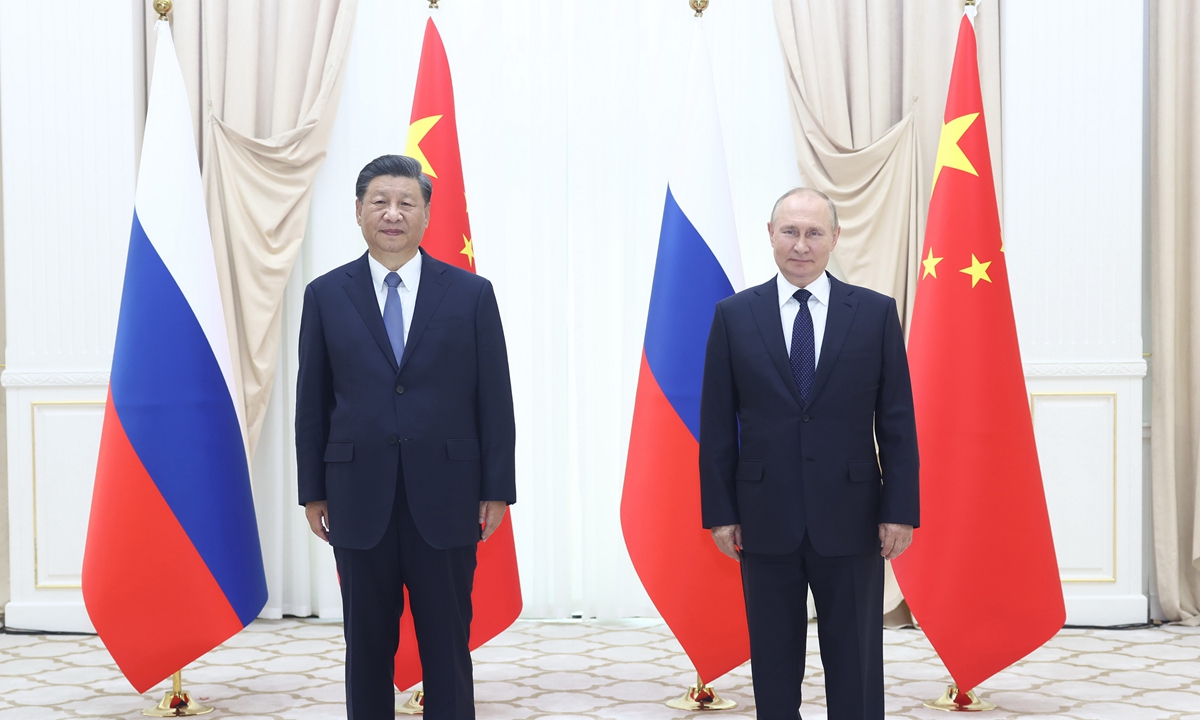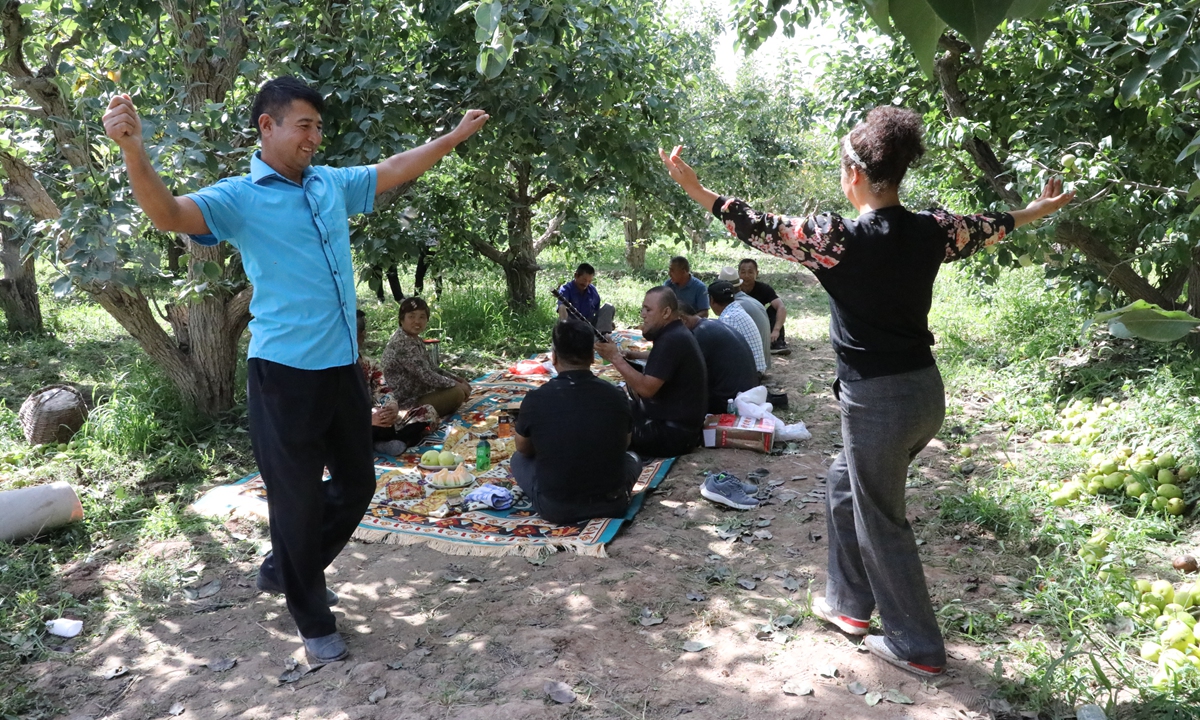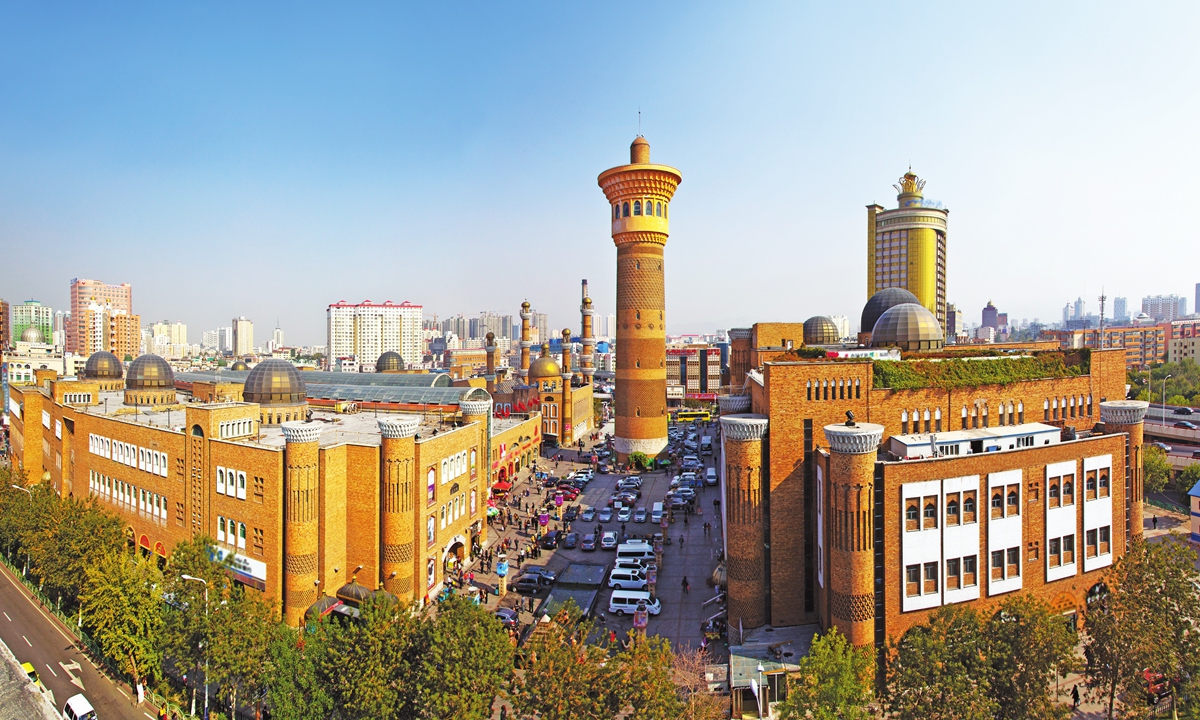
THE queen of the United Kingdom died almost a week ago. News of her worsening health had been lingering for a while; she withdrew from some of the platinum jubilee celebrations to take rest, and did not participate in many public events. Last week, however, things suddenly appeared more ominous when various members of her immediate family were seen rushing to Balmoral Castle in Scotland, where she was staying. When Prince Harry and Meghan Markle, the British monarchy’s currently controversial couple, rushed to Scotland, it appeared imminent that the long reign of Queen Elizabeth was about to be over. The aftermath of the queen’s death, at the age of 96, has been both expected and unexpected. The pomp and fanfare of the British monarchy continues to endure, at least in the attention it gets from the international media. Even before the queen was dead, there were live broadcasts from the gates of Balmoral Castle, and everything that happened after was covered minute by minute. The sheer length of her reign means there is no dearth of dramatic moments to memorialise and mourn, and the week of media coverage appears to have covered each one. Not soon after the queen’s passing, Prince Charles, cooling his heels no more, was crowned King Charles III and was finally able to deliver the coronation address he must have rehearsed for over half a century. The British media and their American mimics made much of the fact that the British could once again sing “God Save the King” — you know... because there was once again a king. Those, however, were the expected goings-on of the official narrative, one in which the British monarchy was still regaled as having brought railroads and civilisation to the rest of the world. That world is no more, transformed as it has been by the emergence of social media, whose tentacles allow even the most ordinary of opinions, that at the very least have the possibility of ruining a king’s day, to be aired. On those digital streets belonging to the world’s plebeians, where there are no borders and the entry fee is a WiFi connection, there were immediate rumbles of discontent. It was all very well the British wished to mourn their queen and sing praises of the unifying character of their monarchy, this view held; but they could not expect similar adulation by the rest of a world that had markedly different memories of her reign. Within hours the internet had erupted in anger that the queen, who presided over an empire built on loot, was being mourned as if she were a saint. On Thursday, even before the queen was officially declared dead, Nigerian-American Professor Uju Anya posted: “I heard the chief monarch of a thieving raping genocidal empire is finally dying. May her pain be excruciating.” Later, Anya in a second tweet said: “If anyone expects me to express anything but disdain for the monarch who supervised a government that sponsored the genocide that massacred and displaced half my family and the consequences of which those alive today are still trying to overcome, you can keep wishing upon a star.” Anya may have been one of the first brave survivors of colonial mayhem to speak the truth about the monarchy; despite criticism, she would not be the last. Read: After the queen Within hours, the internet had erupted in anger that the queen, who presided over an empire built on loot (let us not forget, even the diamond in her crown was stolen from India), was being mourned as if she were a saint. Soon, both Twitter and TikTok were full of people speaking about the atrocities of the British Empire. Many spoke of India and how Partition and its ensuing hatreds, long cultivated by the British, continue to impact the lives of people living in the subcontinent to this day. In a day or two, the counternarrative had spread to the mainstream media. On the cable news channel MSNBC, American author Richard Stengel noted: “You played a clip of her speaking in Cape Town in 1947… That’s the year apartheid took effect… British colonialism, which she presided over… had a terrible effect on much of the world.” On British television, the noted anti-colonial intellectual Shashi Tharoor reminded the whitewashers of Empire how they never taught colonial history to their own people, noting its particular absence from the A-Level history curriculum. The response in Pakistan remained largely meek. It was depressing to see many of Pakistan’s elite, the enduring ‘brown sahibs’, actually pretend to mourn the queen whose forbears ensured that Pakistan and India would remain at daggers drawn for the foreseeable future. The worst were graduates of Oxford and Cambridge, who posted notes of condolence to the monarch as if the monarchy would check to see if they were appropriately servile and obsequious. It was disgusting to see this drama, whose reach is such that most Pakistanis today are unaware that it was the British who put in place many of the economic, social and legal mechanisms — for instance, the feudal system — that are the source of much dissension and depredation in contemporary Pakistan. It is heartening to see the conversation about monarchy starting to transform. Enduring monarchies in former colonising countries such as Britain and the Netherlands only serve the purpose of revising the brutality of colonial conquest and the creation of systems that would ensure the poverty and dependence of post-colonial nations for many generations to come. In this particular instance, it was incredible to see the death of a queen who presided over a racist and unjust system being used as a moment to educate the world about what exactly she represented. As for all the Pakistanis who clamoured to post condolences for the emblem of a system that saw them as little more than apish brutes, a person or a system does not become automatically good, or worthy of respect, by the fact of their passing.
The queen is dead; I hope the system of corruption and looting, of occupation and genocide that she represented perishes too.
The writer is an attorney teaching constitutional law and political philosophy.
- DAWNN /Asia News Nework
rafia.zakaria@gmail.com
Opinion: With the Queen's death, the system of looting and genocide she represented shoud end too ...
Queen's death intensifies criticism of British empire's violent ...
Britain used to rule a quarter of the world. What happened

https://www.reuters.com/world/uk/queens-death-shines-spotlight-wrongs-suffered-by-indigenous-people-2022-09-18/
Slavery, Colonisation and the Crown
In 2022, Britain celebrated 70 years of Queen Elizabeth II’s rule with street parties and festivities. But many critics say that the British monarchy should not be celebrated because of its legacy of slavery, looting and colonialism
Related posts:

 https://www.abc.net.au/news/2022-09-18/queen-elizabeth-ii-empire-colonialism-history/101430296
https://www.abc.net.au/news/2022-09-18/queen-elizabeth-ii-empire-colonialism-history/101430296






















1.jpeg)







